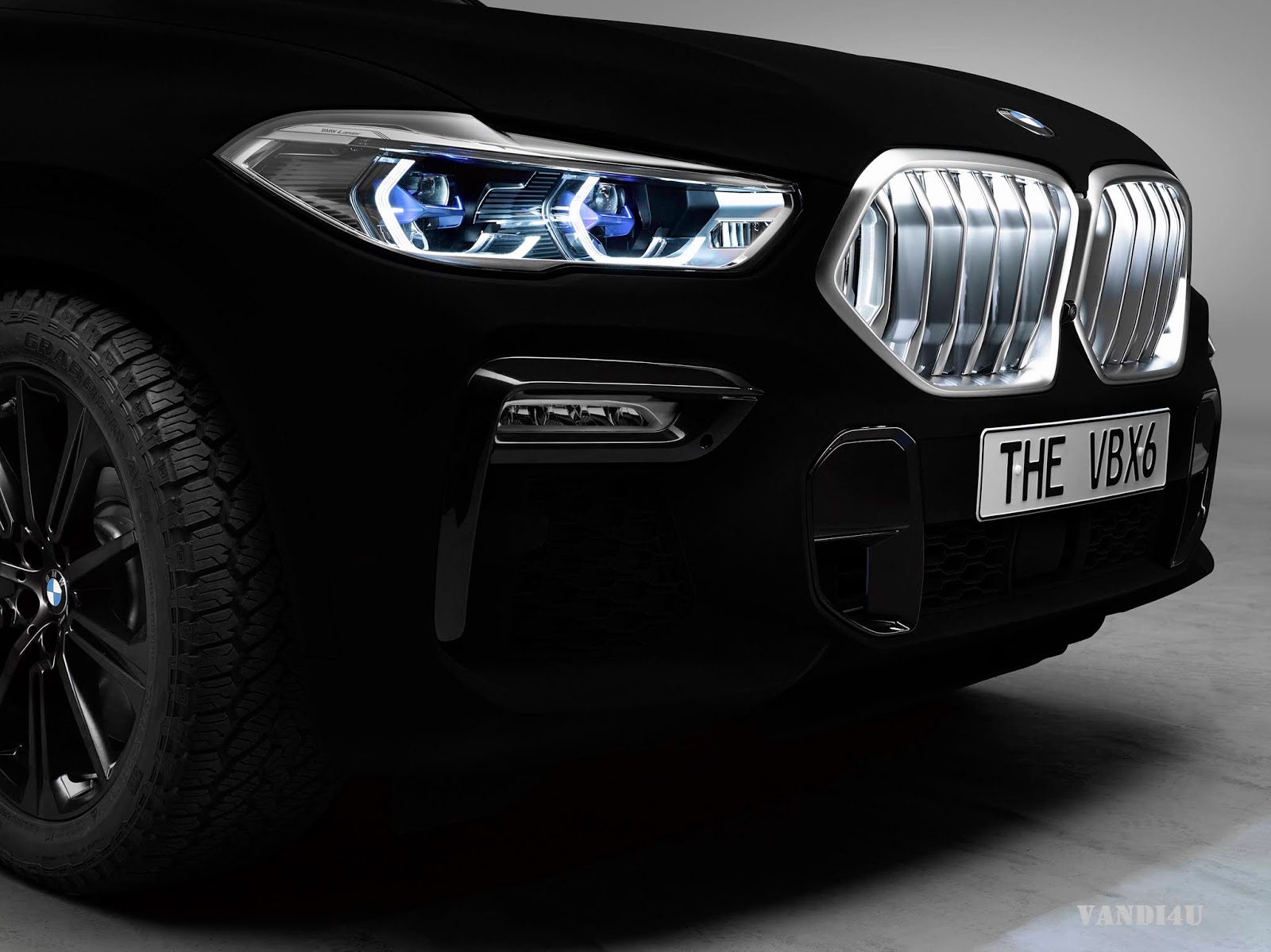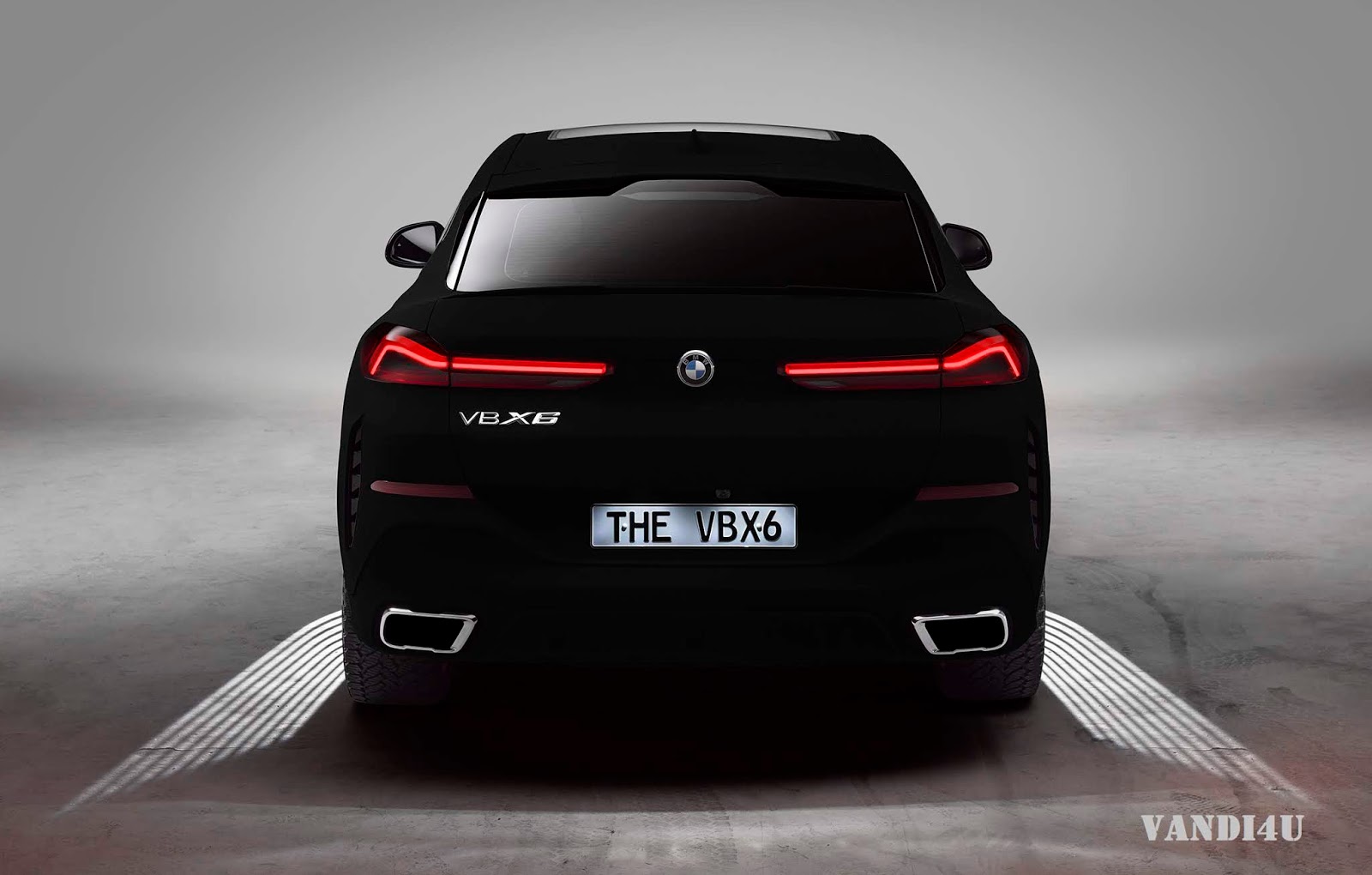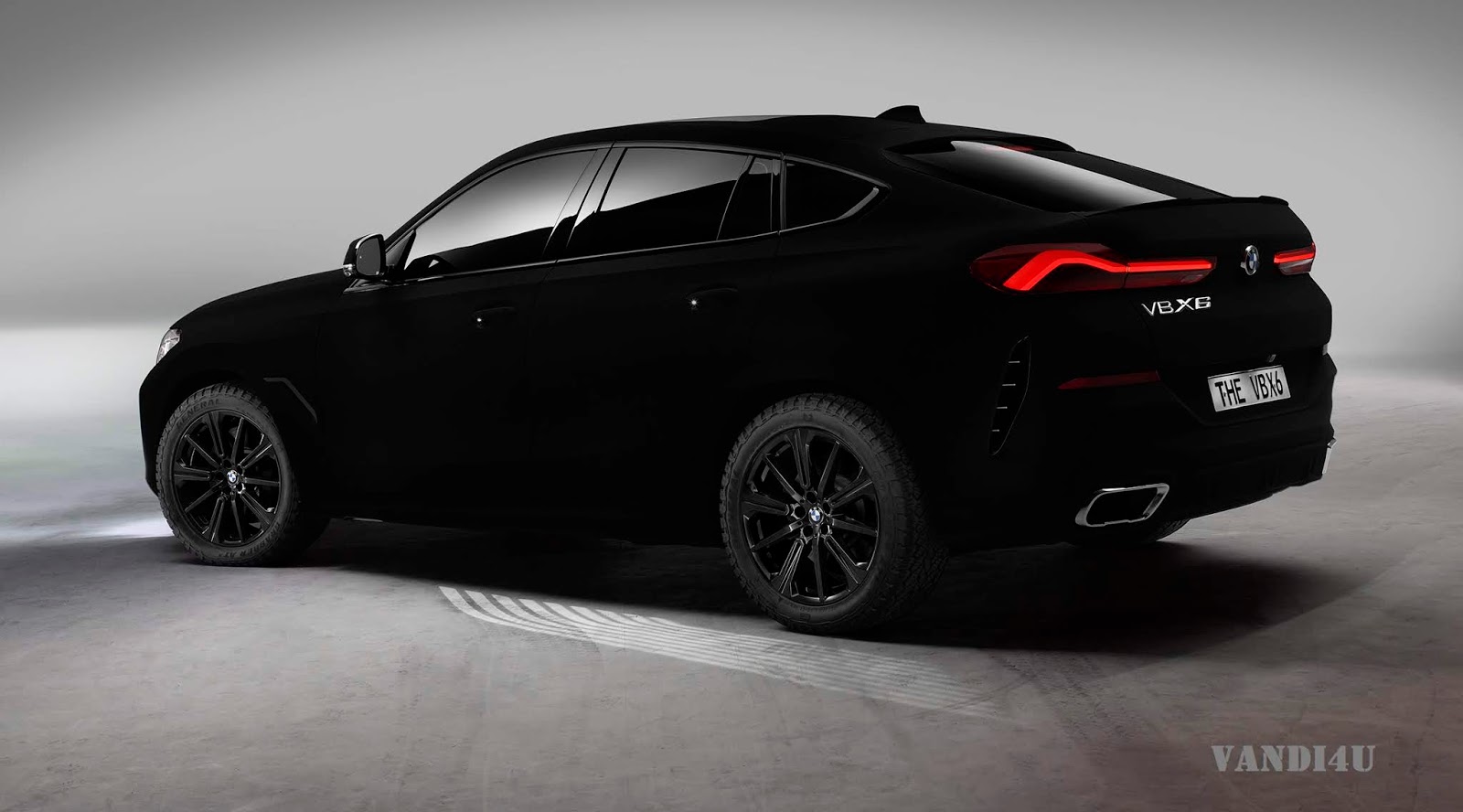- World’s blackest car
- The human eye perceives Vantablack as two-dimensional
- Vantablack: the “blackest black” was developed for aerospace applications
- The X6 Vantablack will be showcased at the Frankfurt Motor Show
A surface coated in Vantablack loses its defining features to the human eye, with objects appearing two-dimensional. This can be interpreted by the brain as staring into a hole or even a void, making Vantablack a rather unsuitable vehicle paint finish, as it blots out virtually all the design details and highlights. For this reason, the BMW X6 was coated in the VBx2 variant initially developed for use in architectural and scientific applications. This coating can be sprayed on and has a one-per-cent Total Hemispherical Reflectance (THR), meaning it is still considered “super black” while enabling a small amount of reflection from every angle. Thus, materials painted with it seem to lose their three-dimensional appearance – as demonstrated impressively on the BMW X6.
The name Vantablack has already become synonymous with an entire range of extremely black coatings and paints such as VBx2. It contains an acronym of the technology enabling this superior black in its first two syllables, which stand for Vertically Aligned Nano Tube Array, a matrix made out of carbon. Each of these carbon nanotubes has a length of 14 to 50 micrometres, with a diameter of 20 nanometres, making it around 5,000 times thinner than a human hair. As a result, around a billion of these vertically aligned carbon nanotubes fit into one square centimetre. Any light striking this surface is almost completely absorbed rather than reflected, and effectively converted into heat.
This technology was initially developed for coating space-borne components. As Vantablack can be applied at temperatures from as low as 430 degrees Celsius, it is suitable for delicate materials such as aluminium, and optical components coated in Vantablack enable observation of faint stars and distant galaxies that stray light from the sun makes difficult to detect. The first generation of Vantablack introduced by Surrey Nano Systems in 2014 absorbed up to 99.965 per cent of light, almost completely eliminating reflectance and stray light.





